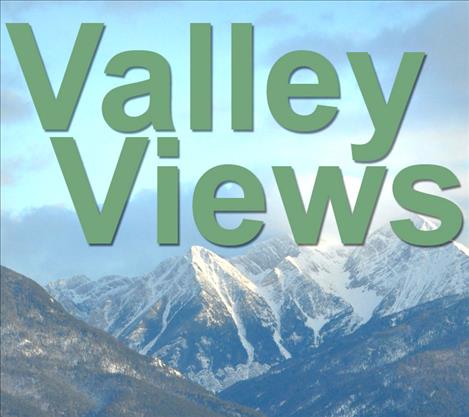Shelter, the most basic need
Hey savvy news reader! Thanks for choosing local.
You are now reading
1 of 3 free articles.
Quality of life. A quality life? Quality in life? What does it mean? The definition of this term will vary from person to person, community to community, culture to culture. Shelter, from the earliest days of human records has always been the first stop in defining one’s existence. No one answer fits all. Yet, across nearly all groups, the idea of having a safe, secure and functioning home is a nearly unanimous choice. Functioning is also a broad term. For those living in a desert area, homes are made of brush and functioning is more about protection from the wild, as opposed to turning on a light or cooking on the latest stove.
In America today, quality tends to denote a shelter that can survive the elements, does not have to be moved, has running water and electricity. Basic to many, yet, a dream for others. Here in Lake County, the definition also runs a gradient of choices. Million dollar homes by a pristine lake define quality for some people. Large farm houses, where families can flourish, is another common option. Simple shelter, on a cold Montana night is quality enough for others. Lake County Housing is an essential, vital resource that helps low income families create their own quality of life.
As a non-profit, Lake County Housing relies upon fundraising, grant programs and the revenues generated by residents. It is not an easy task. In past decades, streams of funding to support low income housing programs were higher and easier to access. That is not the case today. The impact of these federal changes are dramatically effecting the overall service options for the program, including levels of staffing, support for other services and basic operational needs. Even though the revenues have been cut, because of housing regulations and policies that require certain types of ongoing maintenance and oversight, the cost of operations has not changed.
Lake County Housing meets these rigorous expectations every day and is proud of its services and the quality of care it takes with all of its properties. Still, the challenge of maintaining a system, with shrinking revenues, can’t be ignored. Lake County Housing’s service area is the 1,938 square miles of the Flathead Reservation and Lake County. By comparison, Washington D.C. is 68.3 square miles. This large, rural community has 4,200 miles of roads, many only graveled. The agency has 120 residential units under its management and operations located in multiple communities including Polson, Ronan, Pablo, Charlo and St. Ignatius. Program staff handle all maintenance, fee collection and other landlord duties. The various units that are served by Lake County Housing include residents from age 0-90, who present a variety of special needs relative to their individual situation. Between all units, there are more than 315 individuals being served. All residents pay rent, must follow program guidelines and are required to meet ongoing residential requirements. More than 80 percent of those under age 65 are also employed.
As a non-profit, Lake County Housing is often forgotten. People believe that it receives direct funding from either the county, state, tribal or federal government. That is not the case. The program gets no direct financial support from any government body. No taxes or other bond fees are used. Through the development process, that the federal government has for building low-income housing and in providing low-income housing, various tax incentives are used by developers and different methods in place where local housing non-profits get reimbursed for the services provided. Special grant and loan programs are available for constructing low-income complexes. In many cases, these must be paid back with a structured payment plan that ends up taking most of the revenues. A substantial portion of the program’s funding comes from programs with restricted purposes related to maintenance and other fees. If a resident is in a subsidized unit or has a Section 8 voucher, they are required to pay 30 percent of their adjusted gross income. All others pay rent based on HUD’s formula for this area, which reflects the current market rates.
As we celebrate our 20th anniversary, Lake County Housing is determined to continue to provide high quality services, while developing a sustainability plan to help the agency continue to meet the low-income housing needs of the local population in the future. Please consider helping us celebrate this anniversary by providing financial support to assist with operational costs, direct client services and as a backup for restricted funds.
Lake County Housing staff will continue to pursue new revenue streams and is developing a strategic plan for carrying out other fundraising efforts. The support you offer will allow us to help one segment of our community have one of the most basic elements in the definition of a quality life — shelter.
















